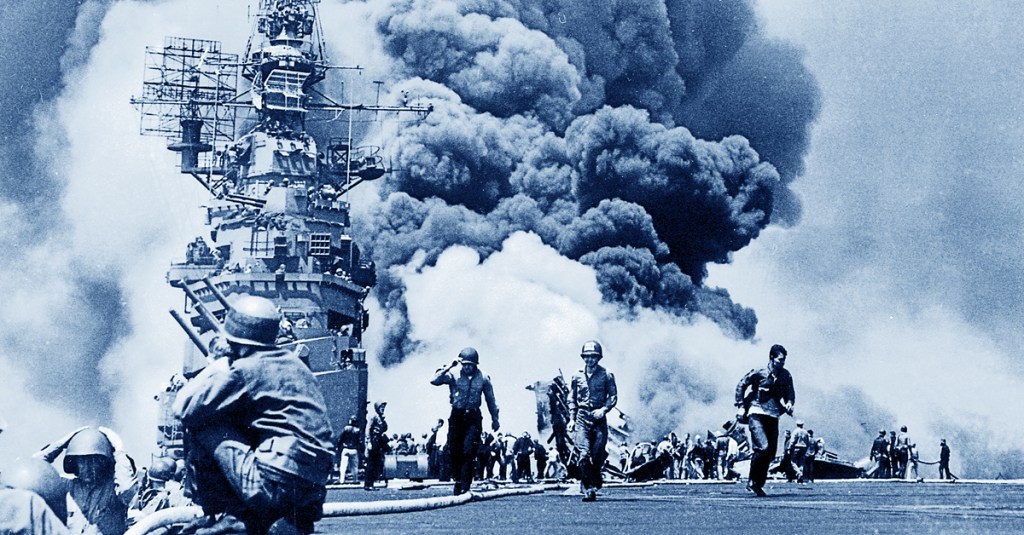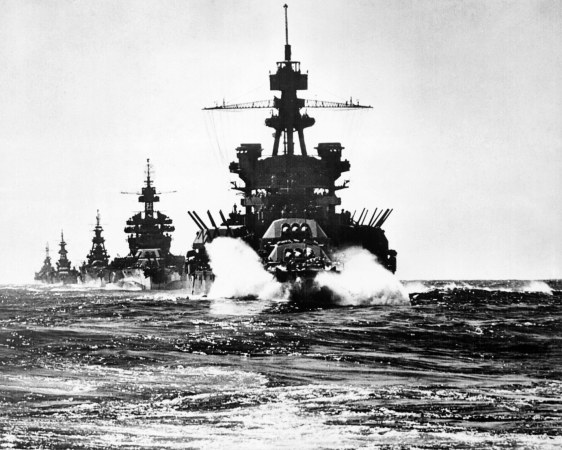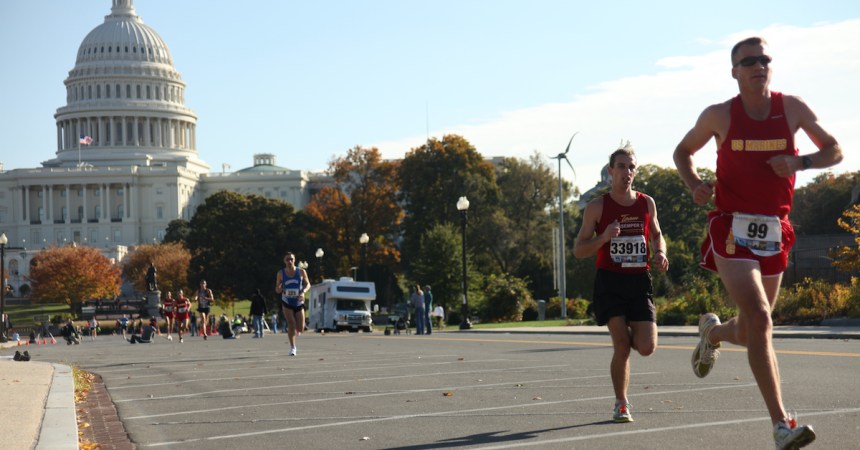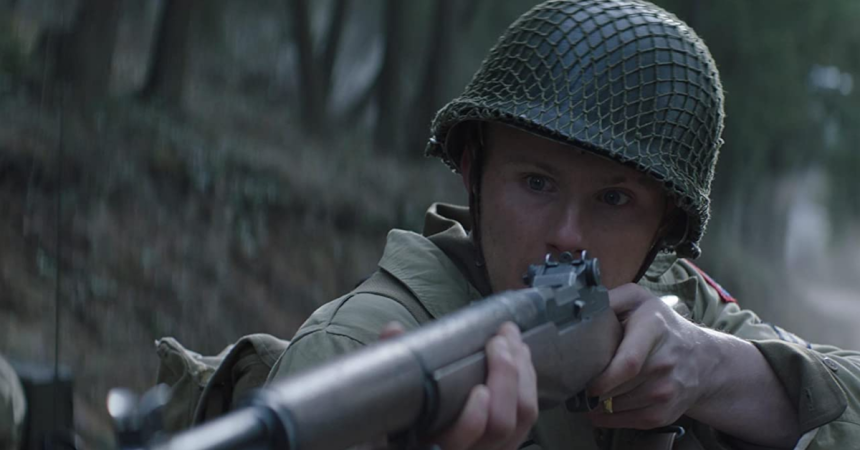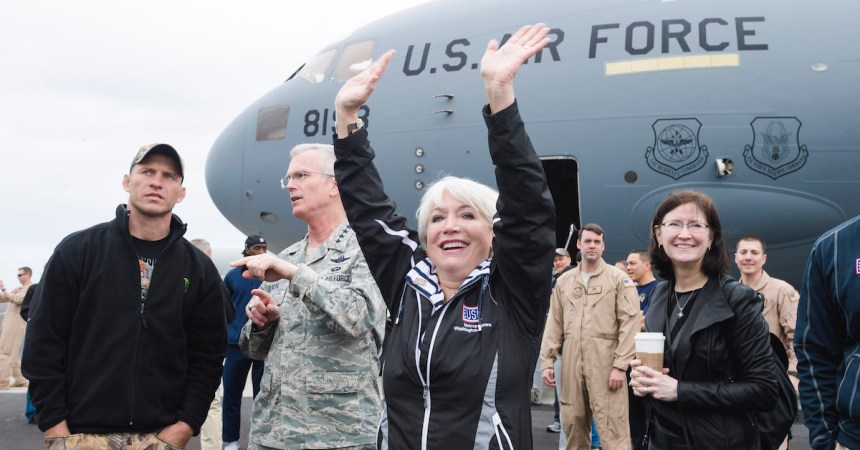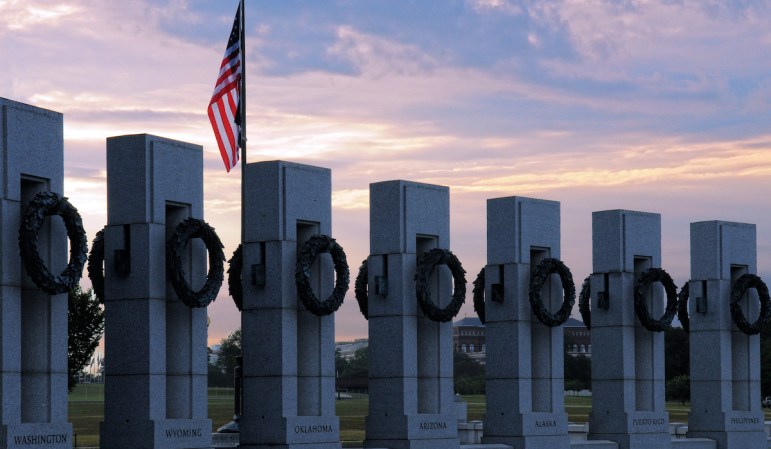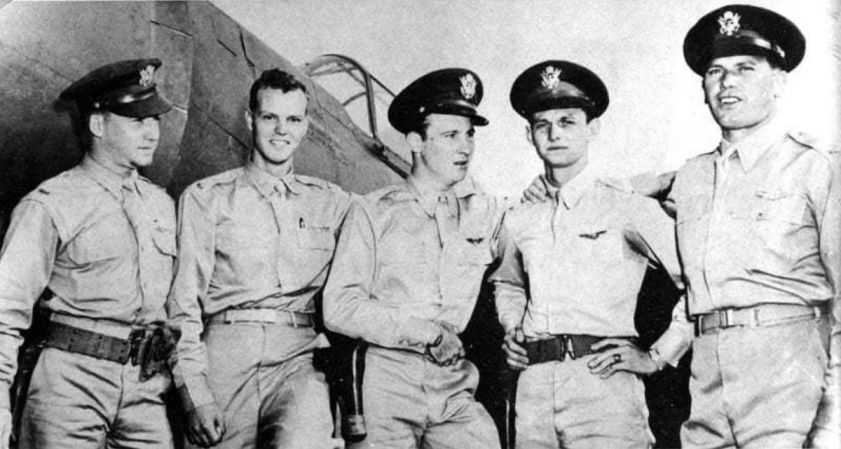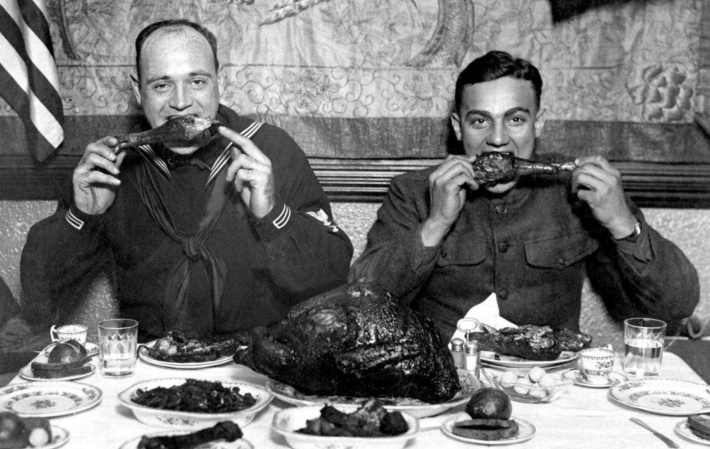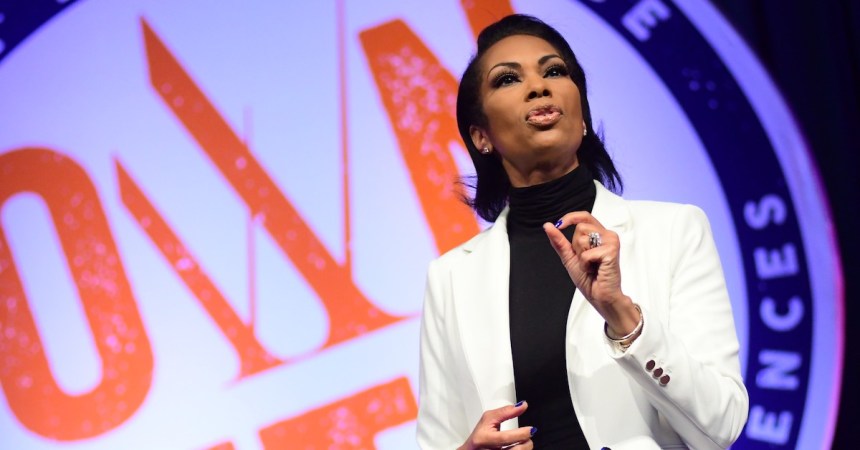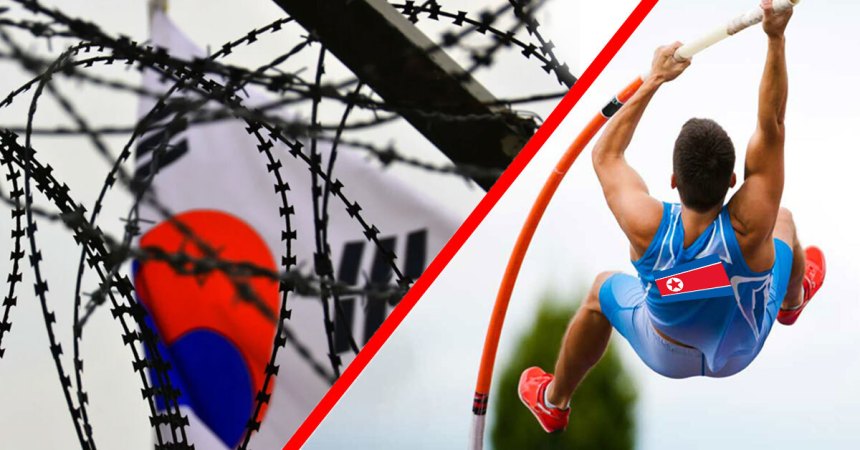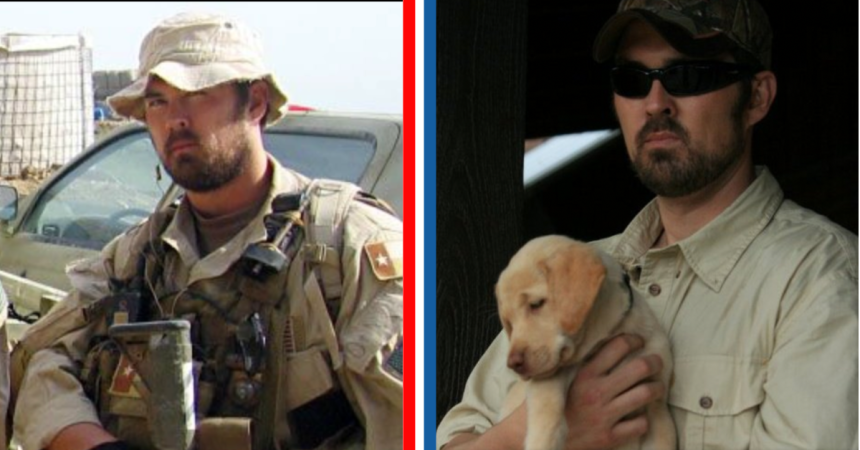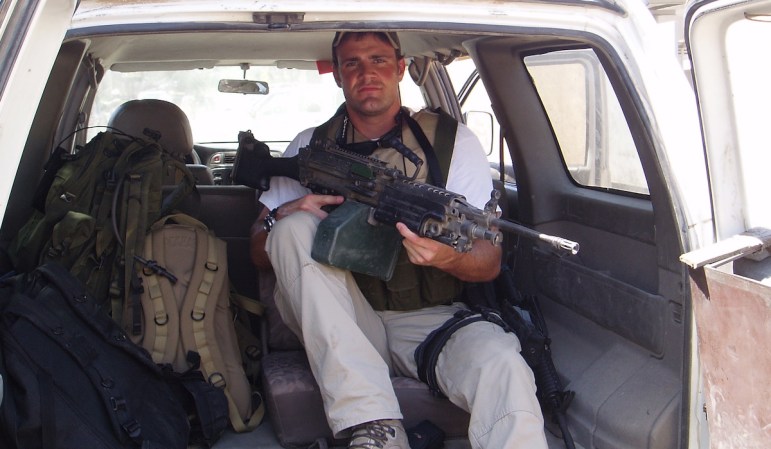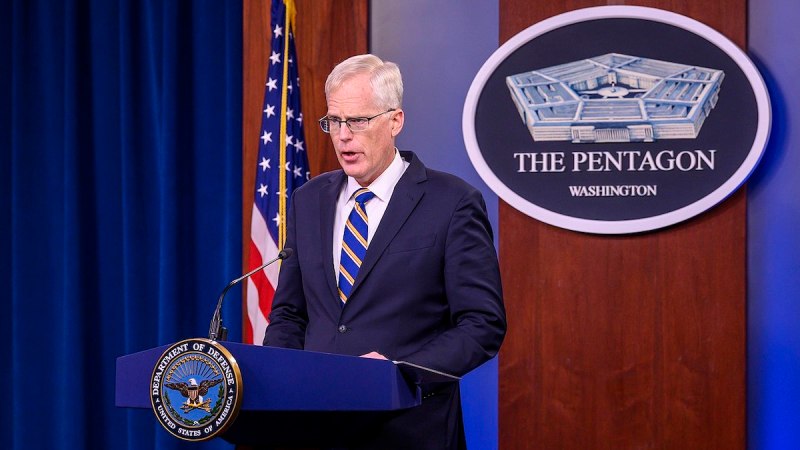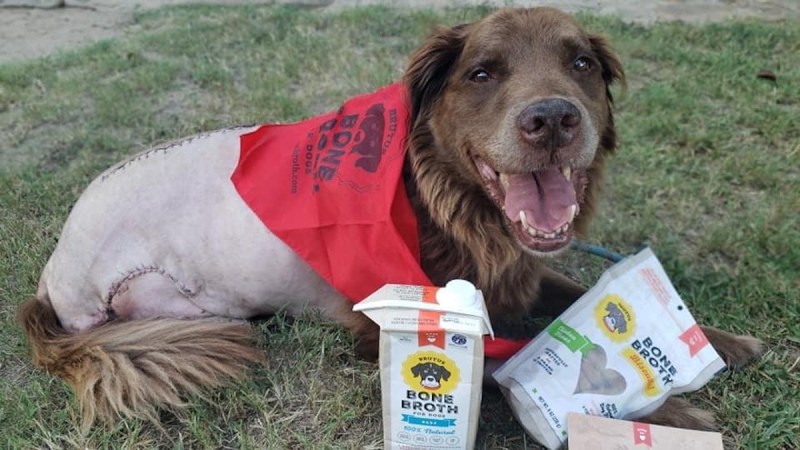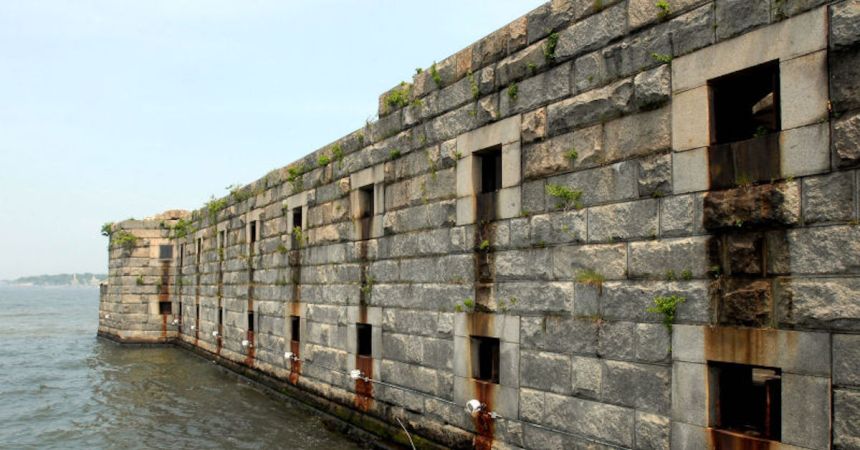By 1944, the tides of the war in the Pacific had turned against the Japanese Empire. The United States and its allies repelled the Imperial Japanese Navy in critical battles like Midway, Milne Bay, and Guadalcanal. The stage was set for the U.S. to retake the Philippines in 1944, but the Japanese were getting desperate. Low on ships, manpower, and material, they turned to the one thing they had in abundance — zeal for the Emperor.
That zeal led to the surprise kamikaze attacks that have come to define the war in its closing days. The amazing video producers at AARP are dedicated to keeping the memory of veterans of every American war alive and their latest offering is the story of Phil Hollywood aboard the USS Melvin at the Surigao Strait in incredible 4K video.
The Melvin was a Fletcher-class destroyer, part of the U.S. 7th Fleet Support Force moving to help the Allied landing at Leyte. But first, they had to get through the 47-mile Surigao Strait. Waiting for them was a fleet of Japanese battleships ready to halt their advance and stymie the allied landing — and the famous return of General Douglas MacArthur to his beloved Philippine Islands.
Phil Hollywood was a young sailor who enlisted after Pearl Harbor at age 17. He was aboard the Melvin at Surigao and talked to AARP about his role as a Fire Controlman 2nd Class during what would become the last battleship-to-battleship combat in the history or warfare. The Melvin was his first assignment, a ship made of, essentially, engines, hull, and guys with guns.
“It was everything I ever wanted in a fighting ship,” he said. “Facing the enemy was everything. I didn’t think of anything else.”

Former U.S. Navy FC2 Phil Hollywood, a World War II Pacific veteran, looking at photos of destroyers from that era.
(AARP)
The Melvin was supposed to be looking for flights of Japanese planes via radar and alert the main landing area at Leyte. It was not safe to be on a destroyer in the Pacific during World War II, even by the standards of that war. Some 77 destroyers were lost in the war and 17 of those were from kamikaze attacks. Hollywood’s battle station was at the top of the director, moving guns on target.
“There were moments I was afraid, not sure if I was going to live or die,” he told AARP. “But one thing’s for certain, I wanted to fight and save our ship. The patriotism was raging in my blood.”

World War II veteran Philip Hollywood enlisted in the Navy when he was 17 years old. He was just 19 when he took part in one of history’s greatest naval battles.
(AARP/Phil Hollywood)
Hollywood recalled what it was like to face the kamikaze pilots in battle. The pilots were not well trained. For many, it was their first and last flights, and the planes were loaded up with weapons so traditional flight profiles weren’t really able to be used by the enemy pilots. It was a frightening experience. It seemed like no matter how much they threw at the pilots, they kept coming.
“During a kamikaze attack, being in the main battery directory, we were on telescopes,” he recalled. “It looked like he was coming down our throats. I was frightened, my heart was pounding, one looked like it was gonna hit us. We kept hitting him and hitting him… until I could see the flex of his wings breaking up.”
That was the moment he looked death in the face. Luckily, the plane crashed into the ocean. For Hollywood, it was both a sigh of relief and a moment to think about. Maybe the first thought other than avenging Pearl Harbor – which says a lot for the salty combat sailor Hollywood was by this time.
“It was a new experience,” he said. “Trying to kill an opponent who only wanted to kill you and not survive. Anyone at that time who says they weren’t scared… I don’t think they’re telling the truth.”

The Destroyer USS Melvin.
The Battle of Surigao Strait was really a part of the greater Battle of Leyte Gulf, the largest naval battle in military history. It put 300 American ships against some 68 Japanese ships. The Japanese had always believed that one great naval battle could knock the United States out of the war and win it for Japan. This was a must-win battle for both sides, and it showed. The fighting at every level was intense but only one side could come out on top, and it wasn’t the Japanese.
Surigao was just the beginning of the greater battle, and sailors like FC2 Phil Hollywood and the crew of the Melvin started off the biggest naval battle of all time, a battle that would rage on for three full days.


